7 Examples of Project-Based Learning Activities
Even if you have never heard about all the research showing the effectiveness of project-based learning, it’s not hard to figure out that it is a far more engaging way to learn than through traditional methods. What’s not to love about engaging with a real-life problem or question and applying content knowledge and connections to various disciplines to solve it?
If you’re stuck for ideas, here are a few great ones to get you started.
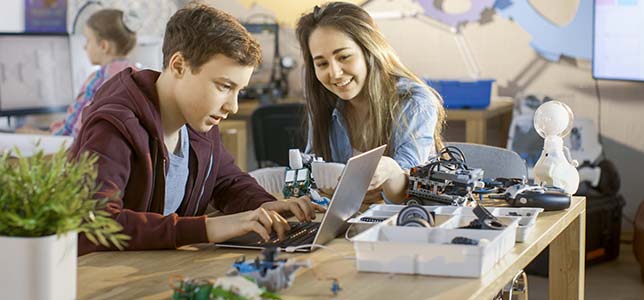
- 1 Comments
- Dec 6, 2019 10:10:00 AM
- Posted by Natalia Galvis
- Topics: Robotics, EdTech, Education, Problem Based Learning (PBL), Robots,, PBL, Edchat
Using Digital Storytelling to Amplify your Students' Voices
Digital storytelling is a fantastic way to implement technology and digital literacy into the classroom. Plus, it teaches valuable skills in a way your students will love! According to Educause Learning Initiative, “Digital storytelling is the practice of combining narrative with digital content, including images, sound, and video, to create a short movie, typically with a strong emotional component.”

Since your students are already using social media, memes, and gifs in their daily lives to tell stories, it is the perfect time to teach students how to use digital storytelling in a meaningful way. Teachers can use digital storytelling to teach students the art of storytelling while allowing students to take ownership of their stories with their own voices. Here are all of the ways that you can use digital storytelling to amplify your student’s voices.
- 0 Comments
- Dec 5, 2019 10:10:00 AM
- Posted by Natalia Galvis
- Topics: Robotics, EdTech, Education, Robots,, Edchat, storytelling
Funding Education Innovation: 3 Ways To Get it Right
There’s no doubt that education innovation is a pressing issue in our country today. As societal needs continue to evolve, educational reform should follow in order to meet those needs. One of the most impactful ways to respond to the evolution of needs is education innovation, and there is a way to do it.
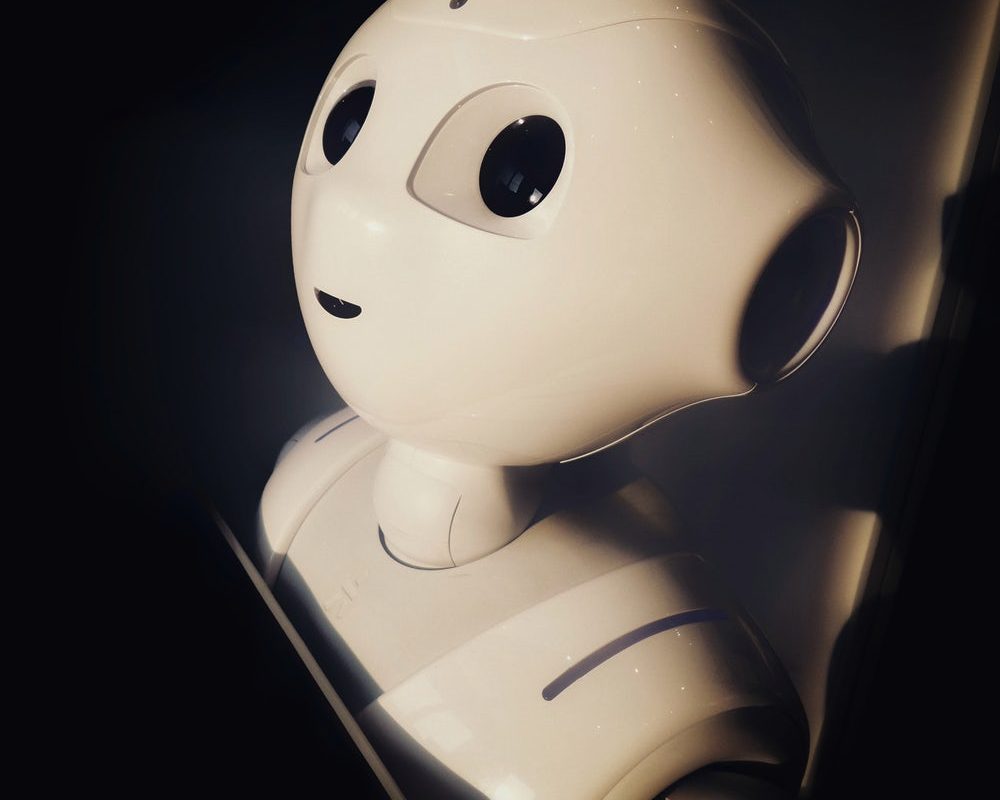
- 0 Comments
- Nov 25, 2019 10:00:00 AM
- Posted by Natalia Galvis
- Topics: Robotics, EdTech, Education, Robots,, Technology, Innovation, Edchat
Kids Learn Better When Playing with Robots
For many students, math and science have always been boring subjects, too bogged down with technical details to ever be fun or exciting. Teachers have long tried a variety of strategies to get students excited about STEM. It turns out, one of the best ways to get kids pumped about STEM is through the use of robots.
Robots are naturally fun and exciting for kids. When they think of robotics, they might think of their favorite cartoons or superheroes. Learning how they can actually build and use robots is a great way to incorporate STEM into the curriculum without losing students’ interest.
The use of robotics is on the rise in today’s world, and allowing students to play with robots and learn how they work can have huge benefits for them. Not only does it give them a head start in subjects like computer programming, math, and science, it can also spark an interest in careers students may have never considered before.
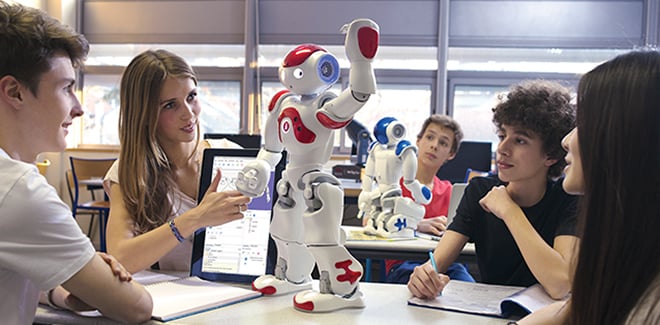
- 0 Comments
- Nov 22, 2019 10:15:00 AM
Can Robotics Teach Problem Solving to Students?
Critical thinking and problem-solving skills are essential to success at university and in later life. However, the traditional classroom model has done a poor job of imparting these skills to students. The way children have learned in the classroom for generations has focused on lectures and worksheets. Past generations would depend on group sports, clubs and teenage jobs to impart these vital skills onto students.

However, new ideas suggest that robotics may hold the key to teaching problem-solving skills to students. Using robots to teach real-world skills may be a strange concept, but is it worth exploring? We think so and here’s why.
- 0 Comments
- Oct 11, 2019 10:10:00 AM
Key trends in K12 robotics education
Robotics education is becoming increasingly commonplace in schools. This is largely due to the fact that students in K12 schools will graduate into a workforce that’s rife with technology, in an era where robots will become widely used in our everyday lives.
Even if these kids choose a career other than coding or robotics, learning robotics teaches them many important skills such as analytical thinking, programming, teamwork, collaborative thinking, innovation and more. It can be easily incorporated into STEAM education, which is becoming more popular in schools worldwide.
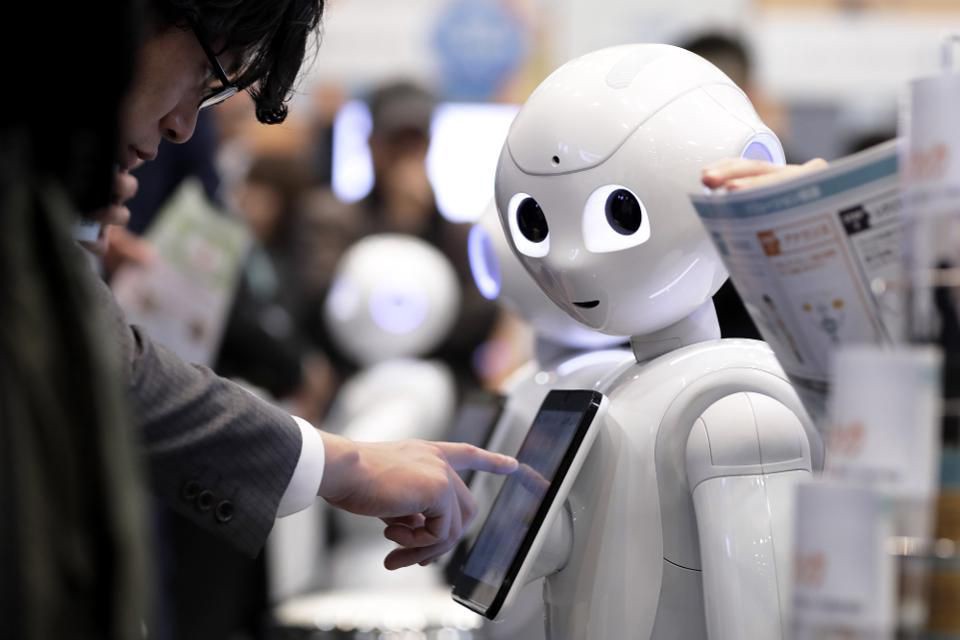
- 0 Comments
- Oct 10, 2019 10:00:50 AM
Students Who Engineer Their Way to Success
Engineering teaches critical thinking skills. These skills are in high demand not only in engineering, but also in other professions. The thinking skills of engineers include establishing replicable processes for presenting ideas, the ability to collect and analyze data, and the confidence in presenting solutions to problems.
Those skills aren’t just for engineers,. Everyone needs the critical thinking skills of engineers. These four high schools understand the implications for teaching engineering skills to all their students.
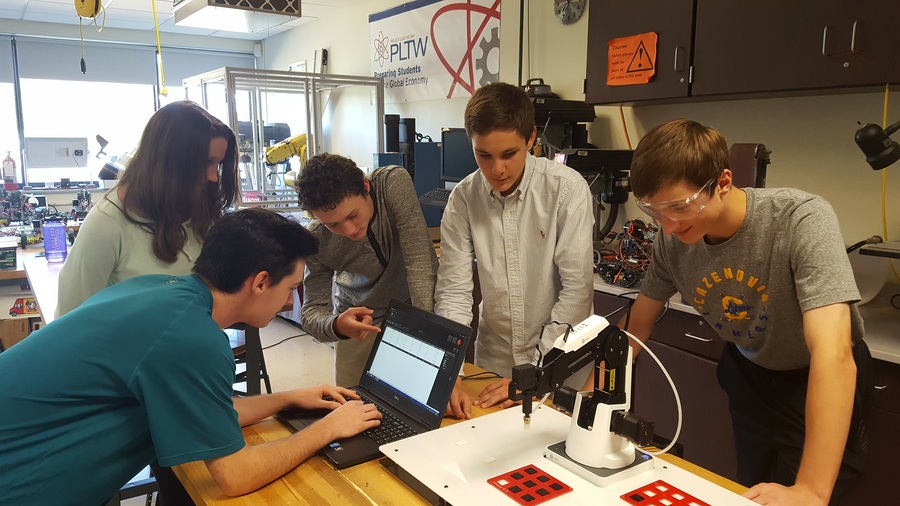
- 0 Comments
- Oct 3, 2019 10:00:00 AM
- Posted by Natalia Galvis
- Topics: Robotics, EdTech, STEM, Robots,, Engineering, STEMchat, Edchat
3 strategies to keep students engaged in STEM
STEM (science, technology, engineering, and math) is more than just an acronym or a collection of letters. Rather, it is an instructional movement that embodies cross-curricular concepts from four fundamental disciplines, as well as a research-based strategy that addresses the future needs of a technology-driven work force and sustaining a global economy. The importance of STEM is further validated by its prominence in the Next Generation Science Standards (NGSS).
:max_bytes(150000):strip_icc()/GettyImages-705002115Smaller-59a917ba396e5a001037e595.jpg)
One of the most effective instructional approaches toward the implementation of STEM in grade-level courses is through project-based learning (PBL). In this approach, instruction occurs through student-centered investigations focused on a specific topic driven by a set of objectives, culminating in a broadly-defined product or technique. Projects foster an environment of discussion, creativity, problem-solving, inquiry, modeling, and testing, and are applicable to students in all grade levels and subjects, but particularly within the STEM arena.
- 0 Comments
- Oct 2, 2019 10:00:00 AM
How EdTech Will Change School Culture
For more than 100 years, we’ve relied on the factory model for providing education. Born of the industrial age, when efficient systems mattered most in producing a product, the factory model mimicked assembly-line work.
Schools built large classrooms and filled them with multiple rows of students. Teachers delivered one-size-fits-all instruction, and process was replicated in room after room, hall after hall, and school after school.
Naming the education system after industrialism was more of a metaphor than anything else, but one thing became apparent. Industrialism had served its purpose. Continuing to model an education system after an era that had passed was hurting instruction, not helping it. In education, we deal with people, not parts.
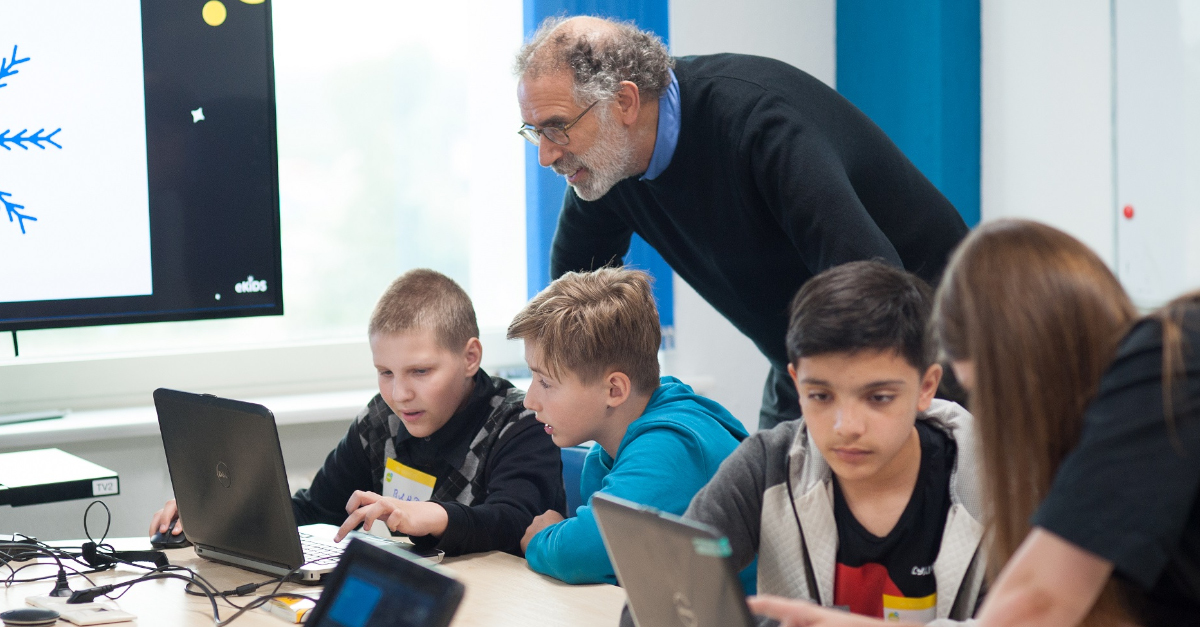
- 0 Comments
- Oct 1, 2019 10:51:51 AM
CHOP's new robot sings, dances and even recognizes patients' faces
Philadelphia hospital debuts new robot designed to engage, educate young patients
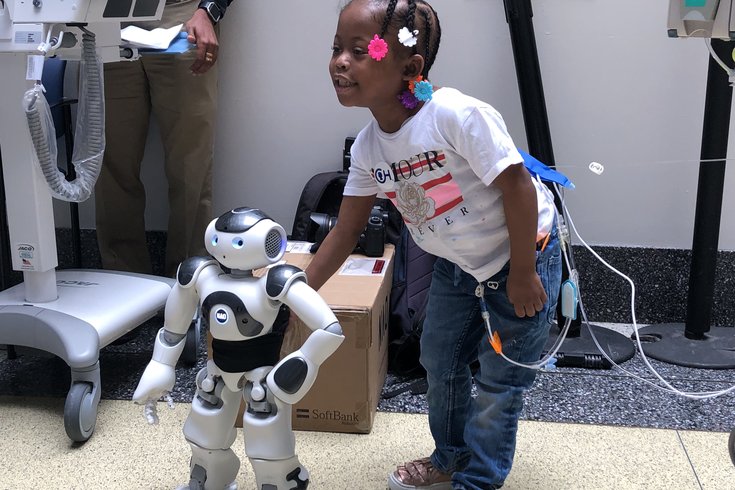 JOHN KOPP/PHILLYVOICE Saaliha, a 7-year-old patient at the Children's Hospital of Philadelphia, greets NAO, the hospital's new interactive robot.
JOHN KOPP/PHILLYVOICE Saaliha, a 7-year-old patient at the Children's Hospital of Philadelphia, greets NAO, the hospital's new interactive robot.
- 0 Comments
- Oct 1, 2019 10:49:19 AM
Relevant Posts
Popular Posts
Subscribe to Email Updates
-
I Want To Learn MoreADDITIONAL INFORMATION


